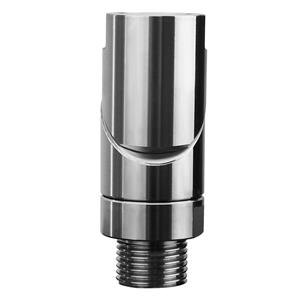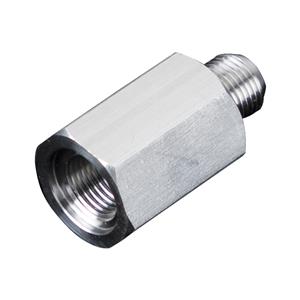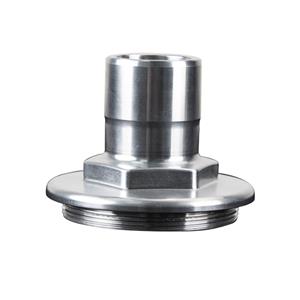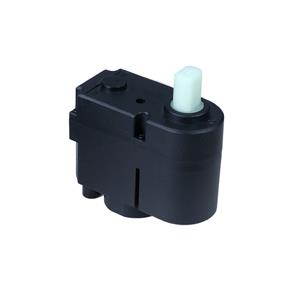The History of Powder Metallurgy
The History of Powder Metallurgy
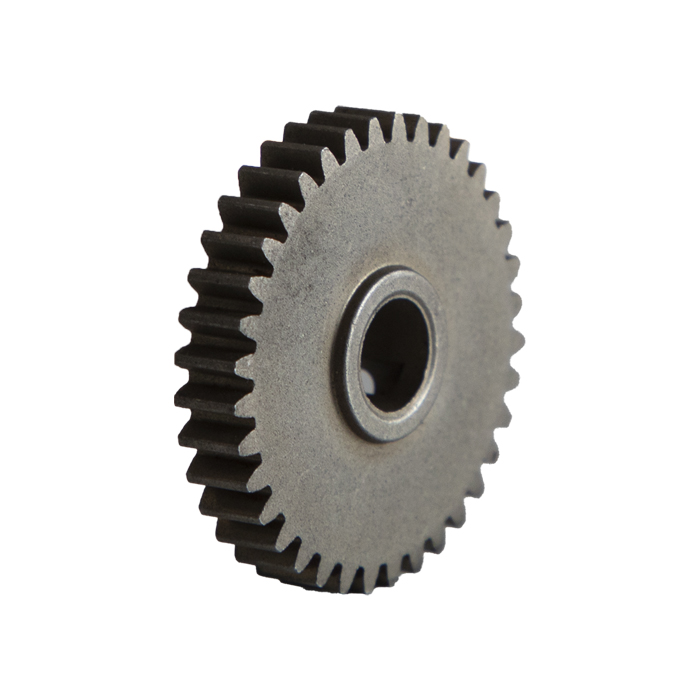
Powder metallurgy is a manufacturing process with a long and interesting history. It involves the production of metal powders and their subsequent consolidation into solid metal components. Here's an overview of the history of powder metallurgy:
Ancient Times: The concept of powder metallurgy can be traced back to ancient civilizations. Egyptians, for instance, used powdered gold to create decorative objects and jewelry. The ancient Chinese are also believed to have used powder metallurgy techniques to produce bronze and other metal objects.
Middle Ages: During the Middle Ages in Europe, powder metallurgy techniques were used to produce various metal items, including jewelry, coins, and small tools. These techniques were often kept as closely guarded secrets by artisans and metalworkers.
19th Century: The development of powder metallurgy as a distinct field began in the 19th century. In 1829, a British inventor named Sir William Alexander invented a process to produce metal powders by reducing metal salts with hydrogen gas. This marked one of the early attempts at industrial-scale production of metal powders.
20th Century: Powder metallurgy gained momentum during the 20th century, particularly during World War II. It was used to manufacture various military components such as bearings, gears, and sintered metal filters. This period saw significant advancements in the techniques and materials used in powder metallurgy.
Post-WWII Era: After World War II, the use of powder metallurgy expanded into various industries, including automotive, aerospace, and electronics. Advancements in materials science and manufacturing processes led to the production of complex and high-performance components using powder metallurgy techniques.
Modern Era: Today, powder metallurgy is a well-established and versatile manufacturing process. It is used to produce a wide range of products, including automotive parts, cutting tools, medical implants, and more. Advanced techniques such as metal injection molding (MIM) and additive manufacturing (3D printing) have further expanded the capabilities of powder metallurgy.
Throughout its history, powder metallurgy has evolved from rudimentary methods to sophisticated and precise techniques, making it a vital part of modern manufacturing. Its ability to produce complex and high-quality metal parts with minimal waste has contributed to its continued relevance and growth in various industries.

